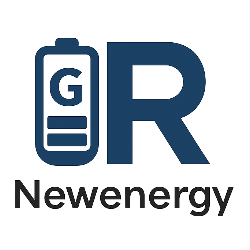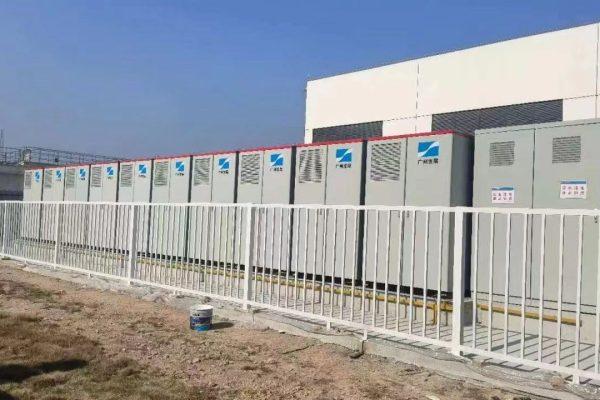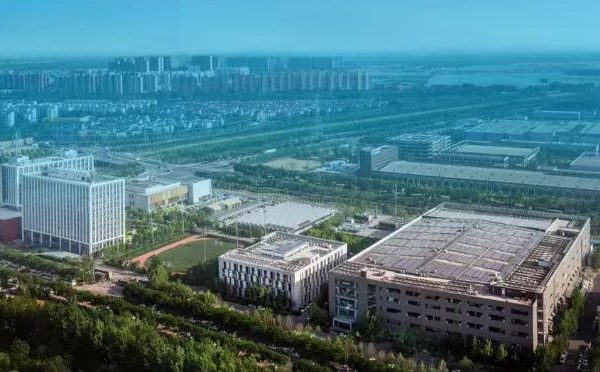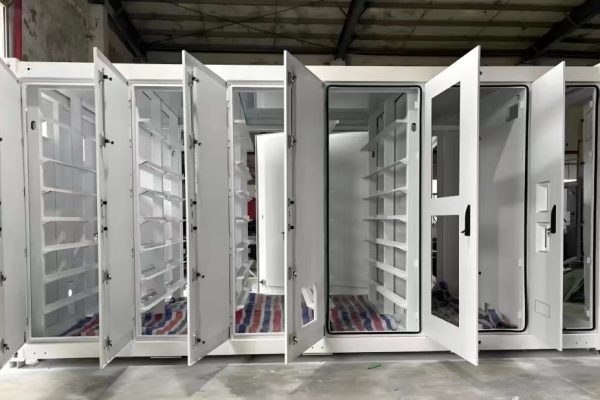Introduction In 2025, energy systems are undergoing rapid digitalization, decentralization, and decarbonization. At the core of this transformation lies the inverter — a once overlooked component that now plays a central role in integrating renewable energy, storage systems, and intelligent energy management. Far beyond converting DC to AC, modern smart inverters function as the “brain” of distributed energy networks.
1. Beyond Conversion: What Makes an Inverter Smart? Traditional inverters only convert electricity. Smart inverters, however, come equipped with advanced sensing, real-time communication, and autonomous control features that enable grid-supportive behavior.
- Core Features:
- Real-time voltage/frequency regulation
- Remote diagnostics and firmware updates
- Islanding detection and anti-islanding protection
- Power factor control and reactive power compensation
These functionalities enhance grid reliability and allow distributed energy resources (DERs) to actively support local and national grid operations.
2. Hybrid and Multi-Mode Inverters for Future-Ready Systems Inverter evolution now centers on hybrid or multi-mode devices that manage both solar PV and energy storage systems (ESS). These inverters switch seamlessly between grid-tied and off-grid modes, enabling backup power and peak-shaving.
- Technological Highlights:
- Maximum Power Point Tracking (MPPT) algorithms
- Intelligent load shifting based on consumption patterns
- Integration with Battery Management Systems (BMS) and Energy Management Systems (EMS)
- Compatibility with high-voltage battery packs
This makes them ideal for residential, commercial, and even microgrid applications.
3. Applications Across Energy Landscapes Smart inverters are versatile tools serving multiple markets:
- Residential: Homeowners seek energy independence and cost savings via rooftop solar + storage
- Commercial & Industrial: Businesses leverage inverters for peak demand control and energy arbitrage
- Utility & Microgrids: Rural electrification and resilient power infrastructure rely on inverter-based systems
Their ability to integrate with AI-driven energy management platforms unlocks data-centric optimization, predictive maintenance, and performance forecasting.
4. Policy, Standards & Global Adoption The smart inverter revolution is also driven by global standards and supportive regulations:
- IEEE 1547-2018: Defines functional requirements for DER interconnection in North America
- EN 50549 & VDE-AR-N 4105: European standards for grid-compliant inverters
- China’s GB/T codes: Increasing digitalization of inverter communication protocols
Government incentives and utility mandates further accelerate adoption, especially in regions pushing aggressive clean energy targets.
5. GR New Energy’s Approach to Inverter Innovation At GR New Energy, our smart inverter solutions are engineered with precision, safety, and scalability in mind. Our offerings include:
- Modular inverter systems: Designed for quick integration with PV + ESS setups
- Industrial-grade reliability: Engineered for harsh environments
- Intelligent control logic: Interacts with grid signals, weather data, and user load profiles
- Edge-to-cloud connectivity: For real-time monitoring and fleet-wide optimization
Our cross-domain expertise from oil & gas, power systems, and automation makes our inverters ideal for complex deployment scenarios.
Conclusion As the global energy mix shifts toward distributed and renewable systems, smart inverters emerge as mission-critical infrastructure. No longer passive devices, they now control, balance, and optimize energy flow across sectors and geographies. By investing in smart inverter technology today, energy stakeholders ensure flexibility, resilience, and intelligence in tomorrow’s power landscape.









